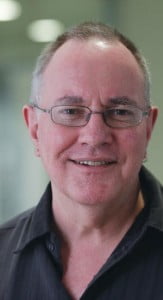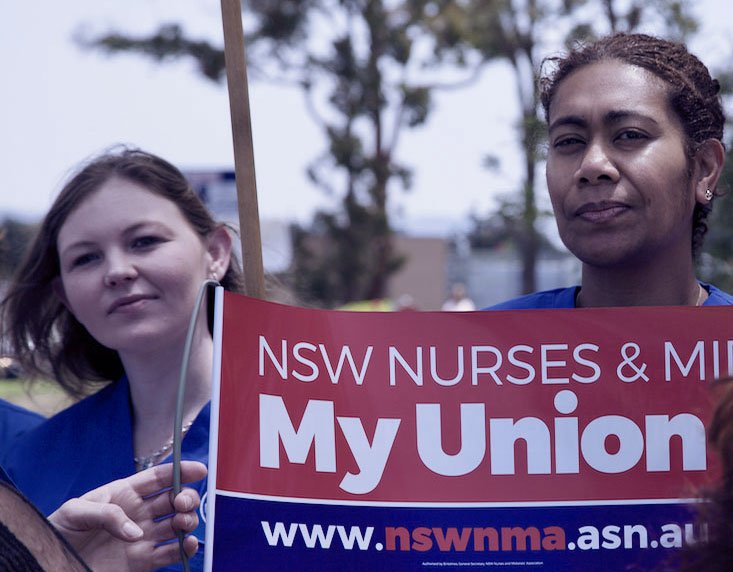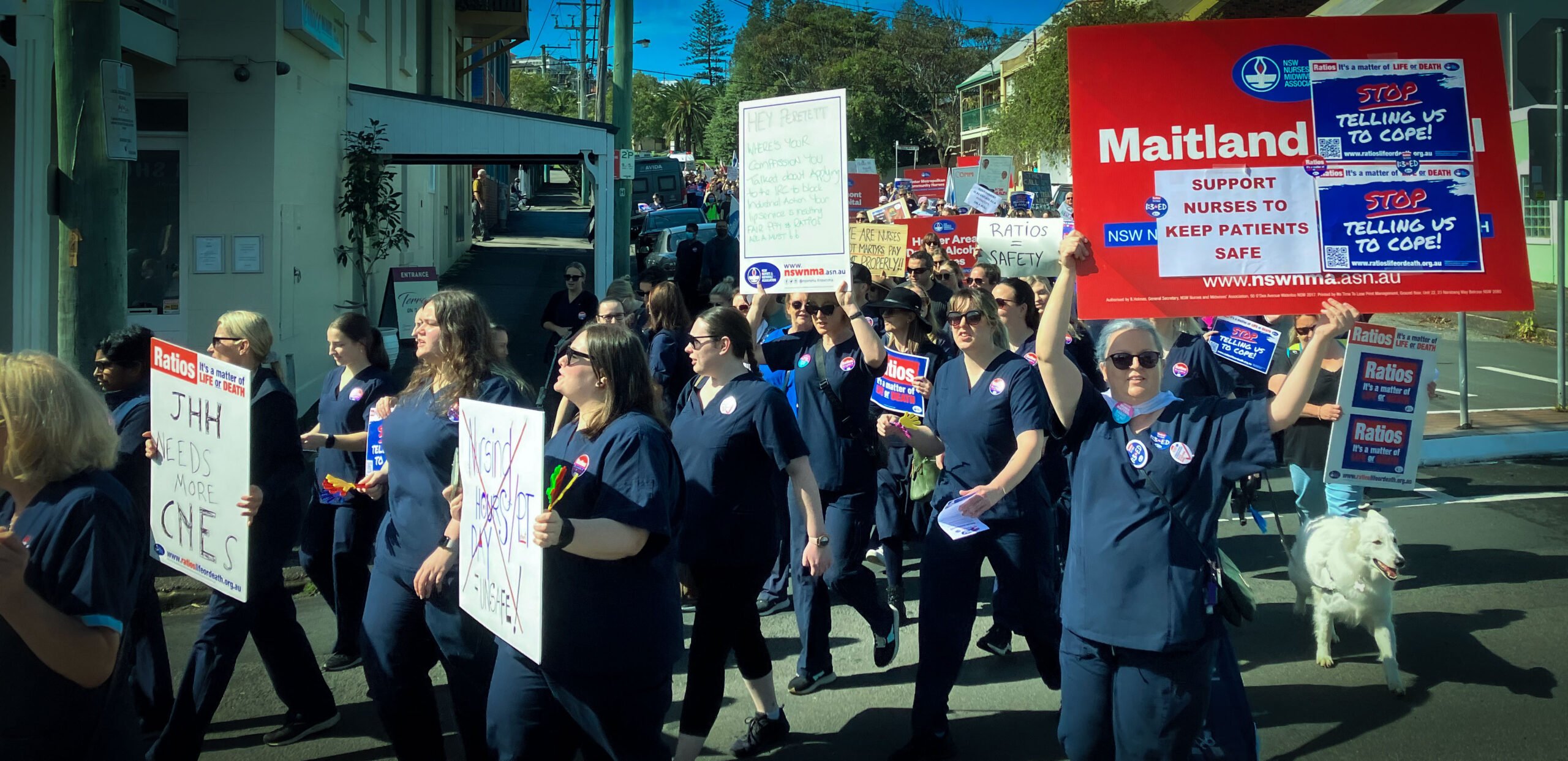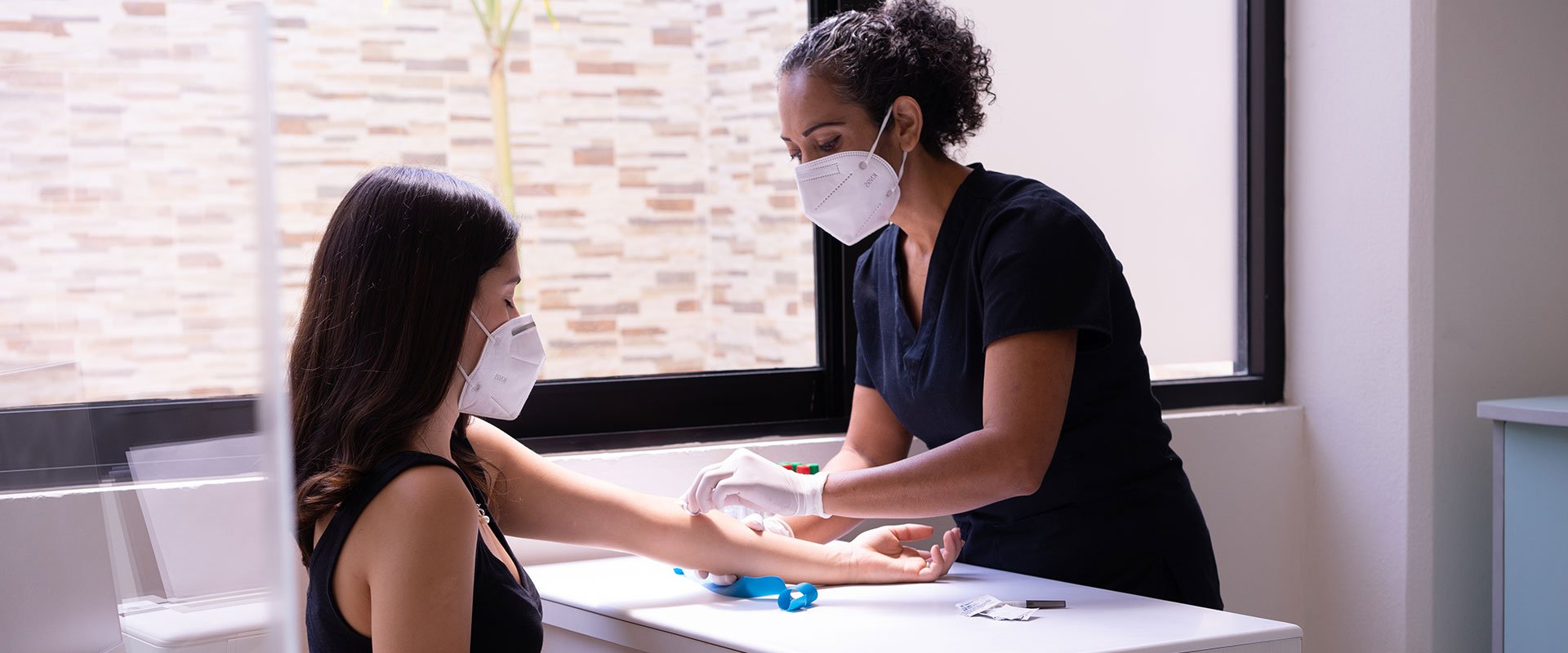
Ageing, Disability and Home Care (ADHC) nurses working under the Department of Family and Community Services are the first nurses to face sweeping cuts to their awards by the state Liberal/National government. But they are fighting back by starting a campaign for pay parity with nurses in the Public system.
More than 1000 NSW nurses, who care for people with the greatest physical and intellectual disabilities, stand to lose some annual leave, some shift penalty rates, all annual leave loading and other award conditions.
Ageing, Disability and Home Care (ADHC) nurses working under the Department of Family and Community Services are the first nurses to face sweeping cuts to their awards by the state Liberal/National government. But they are fighting back by starting a campaign for pay parity with nurses in the Public system.
Disability nursing services, which now struggle to find and hold sufficient staff, face an “approaching tsunami” from the growing number of disabled people with complex health needs, warns registered nurse Gary Dunne.
Gary has worked for 20 years at ADHC’s Complex Health Unit, formerly the Grosvenor Centre, providing long-term accommodation and short-term respite care in the Sydney suburb of Summer Hill.
He says advances in medical knowledge and technology have prolonged the life expectancy of many disabled people, whose health problems multiply and worsen as they age.
“The need for nurses in disability services is growing, not declining as was once predicted,” said Gary, who is secretary of the ADHC Metro South branch of the NSWNMA.
“Children with specific syndromes, who would have died in infancy 20 years ago, are now living way beyond what the standard text books say they should.
“The number of medically frail clients with support needs keeps increasing. From gastrostomy, tracheostomy or complex epilepsy management, through to palliative care, these people need qualified nurses to keep them alive, and to enable a decent quality of life.”
Gary said a majority of the RNs at Summer Hill were over 55.
“We do not have enough younger nurses to take over from us. How can we attract staff when they can get considerably higher pay at the public hospital down the road?
“The problem is even worse for AiNs because they can get paid 5% more simply by transferring to a non-medical group home next door to us, where they are reclassified as a disability support worker.
“As a disability support worker they are doing almost the same job within a non-medical framework for more money.”
Gary said there was a growing level of anger among members about the basic unfairness of the pay gap made worse by the government’s 2.5% wage ceiling.
“The feeling among staff is we have got nothing to lose by going out to the public and campaigning for pay parity.
“There is a greater level of public awareness and sympathy that people with disabilities have had a raw deal. The public should also know that the nurses who look after people with disabilities have had a raw deal too.”
The proposed cuts to public sector workers including ADHC disability nurses include:
> Abolishing the 17.5% annual leave loading.
> Cutting penalty rates by restricting the definition of a shift worker to someone who works outside 7.30am to 6pm.
> Cutting shift workers’ annual leave from six and seven weeks for some, to a maximum of five weeks for all.
> Abolishing Family and Community Service (FACS) leave.
> Stopping injured workers from using sick leave to make up the difference between the amount of workers’ compensation payable and their ordinary rate of pay.
> Cutting travel allowances.
> Cutting benefits for remote workers, including remote allowance, additional leave and travel assistance.
Image credit: NSWNMA







